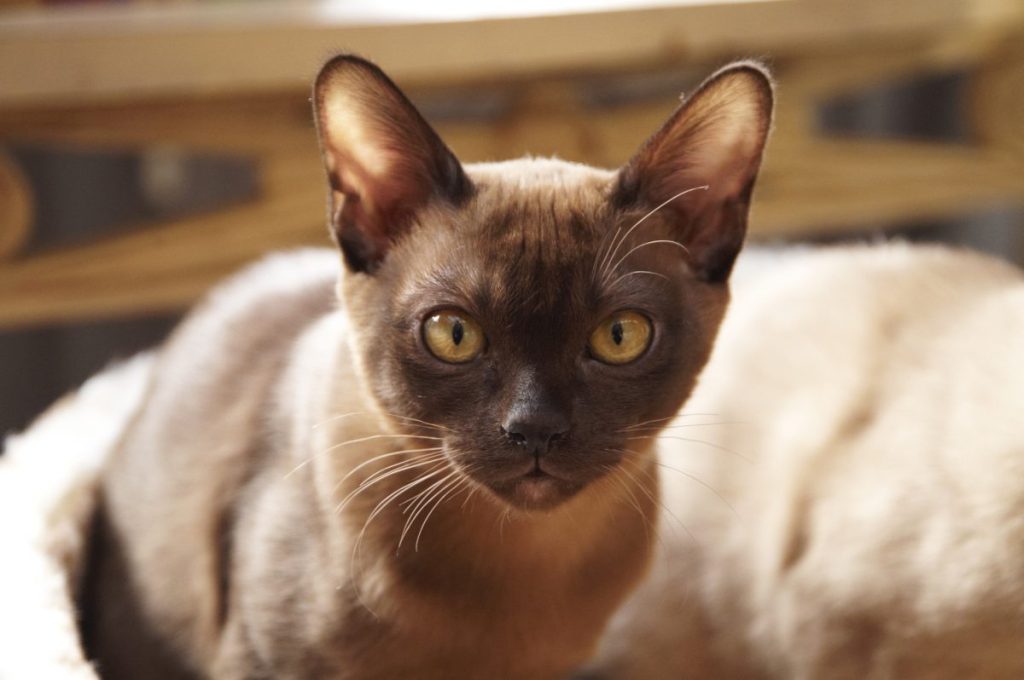The European Burmese cat is a breed known for their sleek and muscular build, almond-shaped eyes, and short, shiny coat. Originating from the United Kingdom, this breed is distinct from the Burmese, with some variations in appearance and breeding standards. European Burmese cats have a distinctive coat color that is darker on the back and lighter on the stomach, known as…
There was a problem loading this page. Please ensure JavaScript is enabled on your browser and any ad blockers are disabled.

European Burmese
Statistics
Life Span
10 to 15 years
Length
Medium
Weight
6 to 10 pounds
Country Of Origin
Burma and Thailand
Trending
No content yet. Check back later!
Popular in the Community
{{ title }}
{{ username }}
·
{{ time }}
{{ messageText }}
Top Comment
Load more...